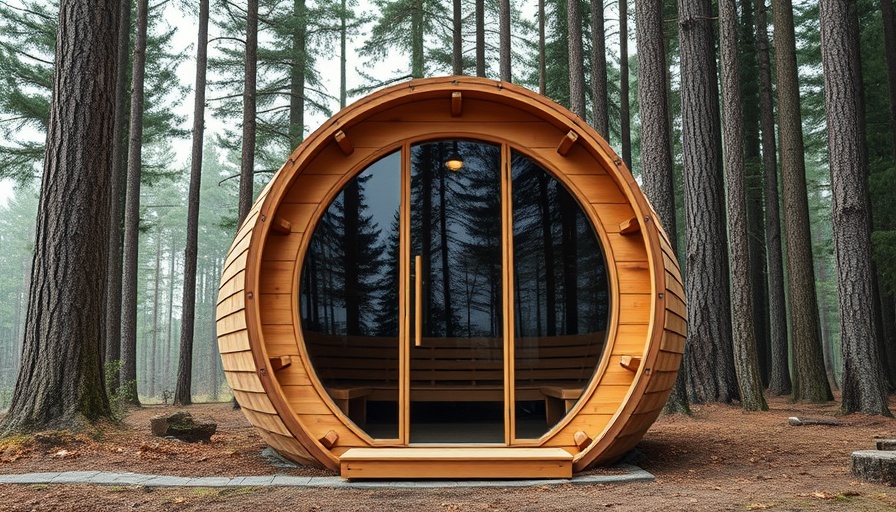
The U.S. Commercial Real Estate Landscape in Q1 2025
As we step into 2025, the U.S. commercial real estate (CRE) industry emerges with a cautious optimism, primarily driven by favorable economic indicators such as anticipated interest rate cuts and a decline in inflation. An impressive 70% of CRE stakeholders planned to invest more than they did in 2024. As the first quarter results roll in, we examine how these expectations have panned out.
Transaction Trends: Positive Momentum Across Sectors
Q1 2025 marked a steady performance for CRE, with total transaction volume soaring to $92.5 billion—a 17% increase year-over-year. This growth can largely be attributed to single-asset deals, which tend to be less complex than larger transactions. The multifamily sector led the charge with $30 billion in activity, a 36% jump from the previous year. Meanwhile, industrial real estate saw $22.3 billion in transactions, reflecting a 24% increase. In sharp contrast, the office sector experienced over 60% growth, reaching $11 billion, while retail also showed resilience with $9.8 billion.
Sector Spotlight: Multifamily Remains Resilient
The multifamily sector continues to be a significant performer. Vacancies fell across all classes (A, B, and C), largely due to persistent demographic shifts and increasing mortgage rates driving demand. By the end of Q1, the national average for apartments reached 4.8%, with a remarkable 49,000-unit drop in new supply compared to previous quarters. The rising demand facilitated landlords in raising rents by approximately 1% compared to last year, while net absorption showed an astonishing leap of 77% year-over-year.
Industrial and Logistics Trends Post-COVID
Despite some early-year softening, the industrial sector displayed resilience, characterized by a significant pullback in new construction, reaching lows not seen since 2019. Nevertheless, e-commerce and evolving supply chains fueled continued demand, leading to a 7.5% increase in leasing activity during Q1. The Midwest reported the lowest vacancy rate at 5.4%, demonstrating strong regional performance amidst challenging conditions.
Conclusion: What Lies Ahead
The first quarter of 2025 has certainly shown potential for cautious optimism in the CRE landscape. As dynamics continue to evolve, stakeholders will need to stay agile and informed to capitalize on sector growth while navigating potential challenges.
 Add Row
Add Row  Add
Add 




Write A Comment